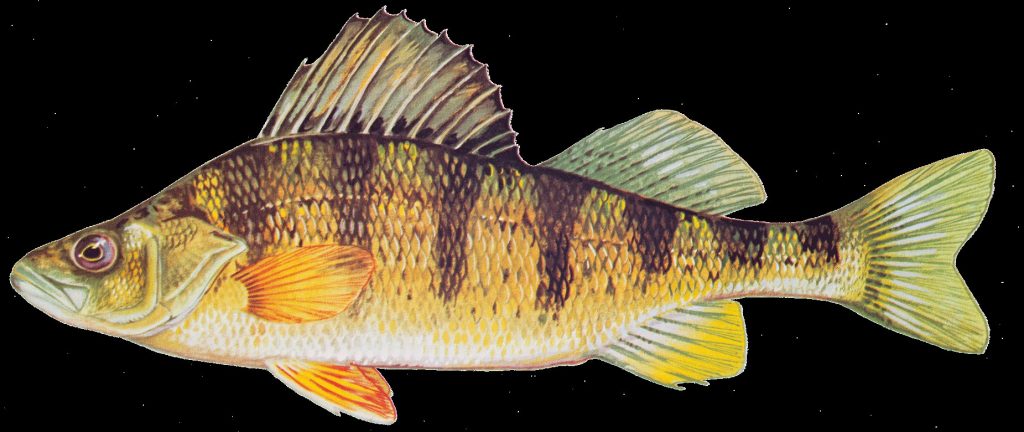
New research helps fast-track yellow perch production
July 14, 2014
By Colin Ley
 Recently
RecentlyIdentifying the need for farming yellow perch and describing the potential value of yellow perch culture was easy; however, accomplishing the desired goal in a financially sustainable manner has proved elusive.
An early discovery that female yellow perch grow faster and bigger has been the starting point for a considerable amount of research. However, knowing about this growth difference and using it to advantage for commercial aquaculture has not been accomplished. If the fish are two years old before their sex can be determined, it’s really not very important.
Recently, Dr. Brian Shepherd and his research colleagues at the USDA Agricultural Research Service (ARS) Dairy Forage and Aquaculture Research Unit in Milwaukee, Wisconsin, and collaborators at the University of Wisconsin-Milwaukee School of Freshwater Sciences, developed a protocol to make more efficient use of this difference in growth rates.
Factors such as size of the fish and its geographical origin can affect external characteristics related to yellow perch gender. Therefore, the scientists examined yellow perch strains from four different geographical areas. Female and male characteristics that could be confirmed in yellow perch of various sizes were identified. The method that evolved involves a checklist of observable characteristics, including the size of the fish, as well as the shape and color of the anal and reproductive openings. The process is fast, easy, reliable and more than 97% accurate in fish above three inches in length. In addition to selecting young fish for grow out, the new system allows producers, as well as research scientists to identify the largest, fastest growing females and males for producing the next generation of yellow perch.
In a related study, Dr. Shepherd and his colleagues, identified 28 genes that are responsible for the actual molecular mechanisms by which estrogen promotes more rapid growth of female perch. In their indoor tank study, the researchers fed perch standard diets supplemented with estrogen. After three months, the perch that received estrogen-supplemented feed were much larger. The scientists then sequenced genes from the fish livers to develop an understanding of the actual molecular mechanisms by which estrogen promotes growth and the differences between males and females. (Estrogen is not fed to fish in commercial production. The researchers only used it to trigger genes that control growth.) Understanding the involvement of these genes in growth, and possibly in other commercially important traits, should help breeders boost yellow perch production efficiency.
– John Nickum
The Friday Night Fish
The yellow perch (Perca flavescens) is the preferred fish for the famous “Friday night fish fry” that characterizes the Upper Midwest and Great Lakes area. Restaurants, corner bars, service clubs and many churches sponsor these fish fries for their social value, as well as their nutrition and monetary returns. At one time, perhaps 50-60 years ago, wild captured fish from the lakes of the area provided all the perch needed to sustain this Friday night social institution. Now, the fish populations of these lakes can no longer support the demand for yellow perch; therefore, culture of this popular fish has become a top priority for fish farmers and fish culture researchers.





